Getting to know Iran Before you visit:

1-Persians are NOT Arabs
But you must know that although Persian has Arabic letters, it is a whole other language. Indeed, the two languages are from two different language families. While travelling to Iran, make sure you don’t make this mistake. Some Iranians might be pretty sensitive
2-No hate towards Americans
The Iranian and American politicians have not had the best relationship since the Iranian Revolution in 1979. There have been few governmental protests since then.
The “Down with USA” slogan sometimes heard in these protests is only aiming American politics and has nothing to do with its citizens.
If you’re travelling to Iran as an American, you can be sure that Iranians will welcome you like any other traveler and won’t let politics get in the way of showing you their hospitality.
3-Confusing Currency and Limited Payment Options
The official currency of Iran is Rial; however, due to the dramatic decrease in its value in the last few decades, the prices are now indicated in Toman. Each Toman equals 10 Rial.
The bills and coins are still in Rial, so in order to find out the value in Toman you just need to omit one zero. Nowadays, the regular range of prices is in thousand Tomans, so the locals don’t bother with all the zeros and say Toman instead of thousand Toman.
To clear things more, let’s see some examples:

For example: the price of a pack of chewing gum is usually around 500,000 Rials or 50,000 Tomans. When asking the price, the seller will probably tell you 5 Tomans, which is equivalent to one of these 500,000 Rial bills:
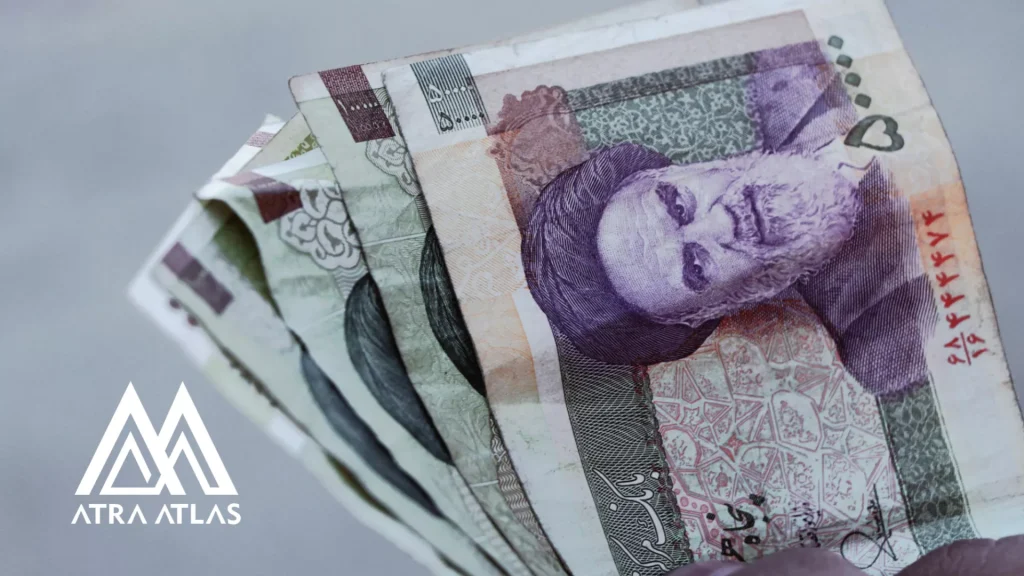
Note: The price written on products or restaurant bills can be stated in Toman or Rial. It’s best to ask the seller to make sure.
4-Payment Methods
Unfortunately, credit cards and international debit cards such as Visa and MasterCard are not supported in Iran. This leaves travelers with two options:
1. Carrying all the money in cash.
You can exchange money at the airport, banks, and exchange offices available in cities. Avoid exchanging money in the street or paying for things you’ve bought with euros or dollars as the exchange rate is constantly changing.
2. Buying an Iranian debit card.
If you find carrying a large amount of cash hard and insecure, it’s possible to buy a debit card from the various companies available. You can then pay directly with the debit card at most shops all over the country or purchase cash from ATMs.
3. Using cryptocurrencies such as Bitcoin.
5-Iran is safe and free of Islamic Extremists
We’ll start by rejecting one of the most common misbeliefs about safety in Iran. Despite being in the Middle East, there are no traces of war or Islamic groups such as ISIS in any part of Iran. In fact, Iran is a safe country for traveling and besides regular pickpocketing seen in any other busy location in the world, there is nothing to worry about.
This being said, it’s still important to take necessary precautions like locking the door to your hotel room, keeping an eye on your valuable belongings, and avoiding walking alone in uncrowded streets at night.
6-Driving and Crossing the Road
Iranians have their own way of driving. Although they may seem careless at first, their way of driving is safe for locals. However, the driving culture in Iran is rather different from what most travelers are used to, making driving a difficult task for foreigners.
We recommend travelers to use public transport and taxis for their inner-city transportation rather than renting a car. Another thing to take into account is that crossing the streets in Iran requires a bit of courage.
The cars won’t stop until you start walking in the middle of the street and speed up at the sight of the yellow light to pass before it turns red. So don’t be afraid and start crossing the street instead of waiting for the cars to stop before that and avoid crossing the street at yellow light.
You can ask a local to accompany you the first few times.
7-Wi-Fi and VPN
Unlike most European countries, free Wi-Fi is not available in most restaurants, cafes, and shopping centers; however, most hotels, hostels, and lodges offer free Wi-Fi to their guests. Therefore, to ensure internet access everywhere, it is better to buy an Iranian SIM card and use its data package.
4G data is available all over the country with Iranian SIM cards. Additionally, it is important to have a VPN (virtual private network) installed on your phone beforehand to use many social media websites like YouTube, Facebook, Twitter, etc.
Make sure to download the VPN before your arrival, because almost all the websites for downloading VPNs are banned in Iran as well.
8-Iranians have various kebabs, stews and rice

Persian Kabab may be the most famous Persian food but Iranians have various delicious and healthy foods. Don’t restrict yourself to kebabs or fast food when traveling to Iran and try their various local homemade dishes.
Most of the Iranian dishes are served with a large amount of rice or bread, so if you feel like you’d like your meal with less rice you can let the waiter know when ordering. Furthermore, aside from Kebabs, Iranian dishes are usually stews or rice mixtures containing either beef or chicken and several vegetables and grains.
If you’re a vegetarian make sure to ask the waiter or your guide to tell you the ingredients. See Iranian Cuisine articles here.
Most Iranians are not vegetarians but if you are one, know that there are still good food options for you with eggplant, lentils, soy, etc. Do not miss trying Kashke Bademjan, Mirza Ghasemi, Adasi, Kuku Sabzi, and different types of vegetarian Ash and salads in Iran.

10-You will learn to have fun without alcohol
Being an Islamic country, alcoholic drinks are banned in Iran and are not served in restaurants. There are also no bars in the country and alcohol is only found in the black market, which can be risky to buy.
There are plenty of other drinks offered in restaurants and bars, ranging from the typical coca-cola to juices, various types of coffee, tea, and several local drinks.
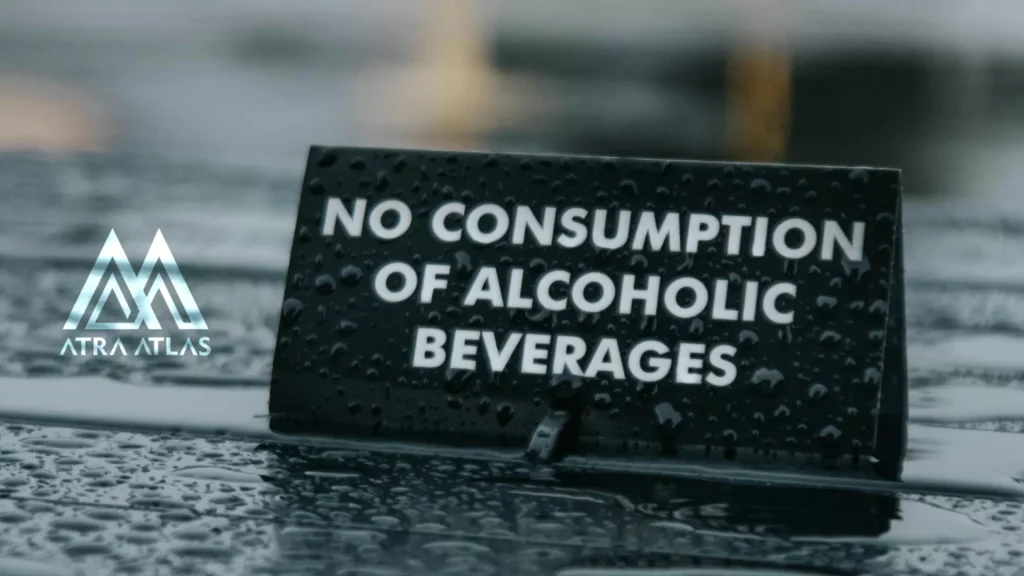
11-Attention: Take off your shoes before entering
Carpets are seen in almost all Iranian homes, mosques, and hotel rooms, thus Iranians take their shoes off whenever entering their home or a mosque.
It’s recommended to take your shoes off if you’re invited to somebody’s home or when entering the praying hall of a mosque, but it’s unnecessary when it comes to your hotel room.
12-Iranians are hospitable and welcoming
Iranians are famous for their unique hospitality and kindness towards travelers. While it might seem strange in other countries, people will approach you very often in Iran just to greet you and welcome you to the country.
As a traveler, you might also get invited to have a cup of tea or coffee many times. While traveling in Iran, you’ll be greeted by locals everywhere and probably get invited to lots of homes. In addition, the locals are always ready to help if you’re lost or in need of any help.
13-Taxi in Iran
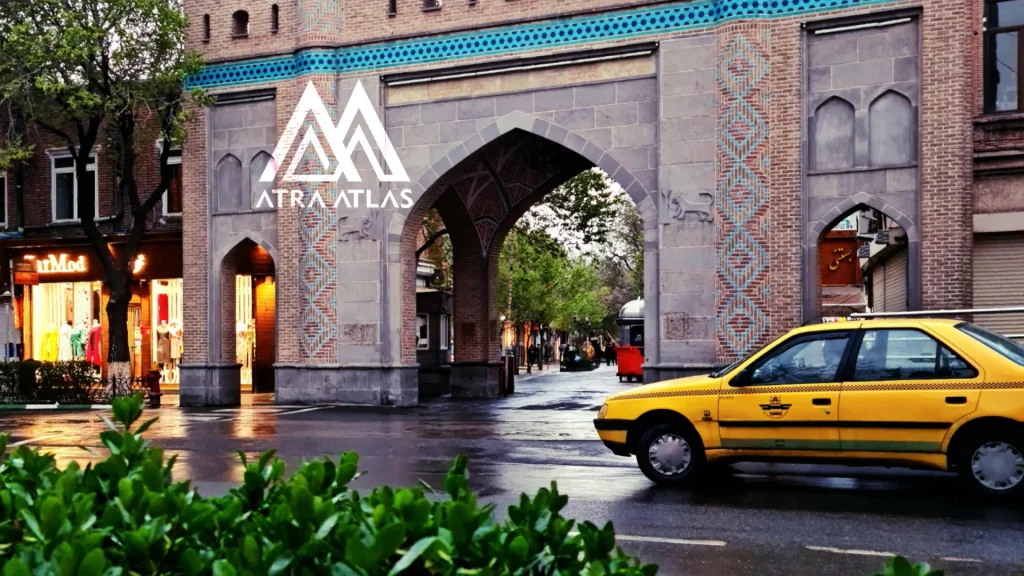
The taxi system in Iran is a little different from anywhere else around the world. There are three types of taxis in the country:
1. The calling taxi: These types of taxis are the most popular type among locals and the cheapest as the price is divided among the 4 passengers.
How it works is usually the driver is waiting by a junction or in a taxi station, calling out its destination until the car is full. It also works vice versa and sometimes the passengers call out their destination to the taxis passing by until one of them stops. This type of taxi is not usually recommended to travelers.
2. The normal European taxi: This type of taxis works the same way a normal taxi in most European countries does. Just remember to be clear about your destination and agree on a price with the driver before getting in. It’s better to ask the locals about the usual cost of taxi for your destination as the taxis in Iran don’t have taximeters.
3. Iranian Uber: Using the Iranian Uber is the easiest and least time-consuming way to get around inside the cities. The mobile application, named Snapp, can be installed from Google Play and App Store and works just like Uber. The price is always stated in the application as soon as you mark your destination.
Note that the driver may call you to ask where you are; if so, you can just respond with location and remember to mark your exact location on the map. Snapp is available in all major cities and many of the smaller ones.
Tap30 (pronounced as Tap-si, just like taxi) is another application similar to Uber and Snapp.
Note: Taxis are usually yellow or green all around the world, but things are a little different here in Iran. In addition to the normal green or yellow taxis, many of the taxis are normal (private) cars, especially the ones working in Snapp (Iranian Uber). This type of taxi is very common and is usually safe; however, it’s better to try to find yellow taxis as they have a valid work permission.
14-Tap Water is Drinkable
The tap water is drinkable in most of the cities in Iran, but it’s necessary to ask the locals to make sure.
There is also drinkable water available in most parks, subway stations, and malls, so we recommend having a refillable bottle with you throughout your trip in order to avoid buying numerous plastic bottles.
15-Many Iranians Speak Basic English
Persian is the official language of Iran and its various dialects are spoken all over the country. Many of the educated people in Iran speak basic English and among them, people under the age of 30 speak it better. But for sure, having Google Translate or any translator app on your phone can be quite helpful just in case.
In spite of this, it’s recommended to learn basic Persian phrases like greeting, addressing, and asking for prices to facilitate communication during your stay.
It’s also beneficial to learn the written form of numbers in Persian as the prices are usually written on products.
16-Taarof, a Confusing Costume
Taarof is considered one of the strangest Iranian customs. It’s usually done to show respect towards the other person. For example, Iranians may often ask you to walk through a door before them to respect you.
Another example of Taarof is Iranians, including shopkeepers, taxi drivers, etc., tend to reject your payment at first but you have to keep insisting until they accept.
If they don’t accept after 3-4 rounds of rejecting and insisting, then it means they wanted to give you a complimentary service.
17-The weekend is on thursday and friday
The Iranian Calendar is a bit different from the rest of the world. The Persian week begins on Saturday and ends on Friday, with Thursday and Friday being the weekend.
The shops are usually open from Saturday to Thursday and from 10 AM to 9 PM. However, grocery stores tend to open around 6:30-7 AM and close at 10-10:30 PM daily. Furthermore, malls and shopping centers usually open at 10-11 AM and are open until 11:30-12 PM and they’re also open on Fridays.
The restaurants and cafes in major cities usually have long opening hours with the cafes working from 8 AM to 12 PM and restaurants from 11 AM to 12 PM every day.
Note: During summer, many local shops and bazaars are closed from 2 to 4 PM in hot cities.
18-Ramadan, when restaurants and cafes are closed during the day
Muslims all over the world fast for a month each year, meaning they avoid eating, drinking, and smoking from sunrise to sunset.
This month is called Ramadan and it’s the ninth month of the Islamic (Arabic) calendar. As most restaurants, juice bars, and cafes are closed from sunrise to sunset, it’s best to avoid traveling to Iran during this time.
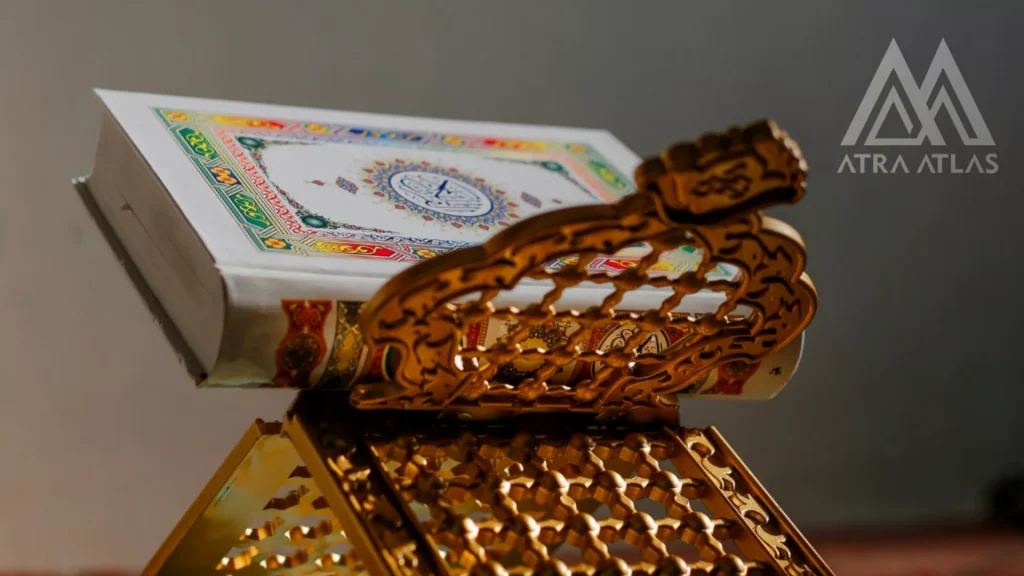
19- You need a visa for Iran
Most of the countries around the world, with the exception of a few, require a visa to enter Iran. For most nationalities, both visa on arrival and visa in advance are available; however, a few are not eligible for a visa on arrival and some can only apply for a visa through a travel agency. The process of obtaining an Iran visa is a rather easy one and travelers are usually granted a visa that is valid for 3 months and allows them to spend up to 30 days in Iran.
Even though many nationalities are eligible for a visa on arrival, it’s recommended to apply for a visa in advance to avoid long waiting lines at the airport. You can apply for an Iran visa using the official website of the ministry of foreign affairs.
Considering the hard process for getting a visa, in 2016 the Visa on Arrival (VOA) made things easier. Citizens from 180 countries can apply for VOA for a one-month visa at the international airports of Tehran, Mashhad, Shiraz, Isfahan, Urmia, Bandar Abbas, Bushehr, Tabriz, Qeshm, Kerman, Kish, Ahvaz, and Larestan.
People from the following countries don’t need a visa: Armenia, Azerbaijan, Bolivia, Georgia, Malaysia, Syria, Turkey, Venezuela. Things get a little bit complicated for people from Afghanistan, America, Bangladesh, Canada, Colombia, England, India, Iraq, Jordan, Nepal, Pakistan, Somalia, and Sri Lanka. Travelers from these countries can’t get a Visa On Arrival, and travelers from Canada, U.K., and U.S. can only come to Iran with a tour accompanied by a tour guide everywhere. Citizens of Israel cannot enter Iran at all.
Note: Don’t worry about going to America and Israel with an Iran stamp on your passport anymore. The good news is that after entering the international airport, you can ask the authorities to stamp on a separate paper other than your passport. So no more worries about Iran’s stamp on your passport.

20- Don’t take photos of military settlements and equipment
Note: As a traveler, you will definitely find many things interesting and take many photos, but you should be aware that photography is banned in some locations. Taking photos of military settlements, police stations and forces, factories, power plants, and other strategic buildings such as ministries is legally banned due to national security matters. It’s best to pay attention to no photography signs and ask permission before taking photos if you’re not sure.

21- Hotels will Keep your Passport
Some of the hotels may keep your passport for the duration of your stay; however, there’s no need to worry as they will be kept safe. As your passport may be your only identification document during your trip, it’s recommended to have a copy of your passport with you. You can also ask the hotel reception to make copies of your passport and return the original.
22-You might need an electrical adaptor and power converter
The standard voltage of the electricity in Iran is 220 V and the frequency is 50Hz, thus you’ll need an adapter to use electrical appliances working in a different voltage range. In addition, the plugs in Iran are the European type (type C) and you’ll need a converter for other sockets.
23-Airlines
MahanAir and IranAir are two famous Iranian airlines which fly overseas. Some other airlines like Pegasus and Ukraine International Airline also fly to Iran with a stop mostly at Kyiv or Istanbul. The good news is that the flights do not land only in Tehran and you can start your journey in Iran from other international airports such as Isfahan, Shiraz, and Mashhad.
24- Buy a Local Sim Card
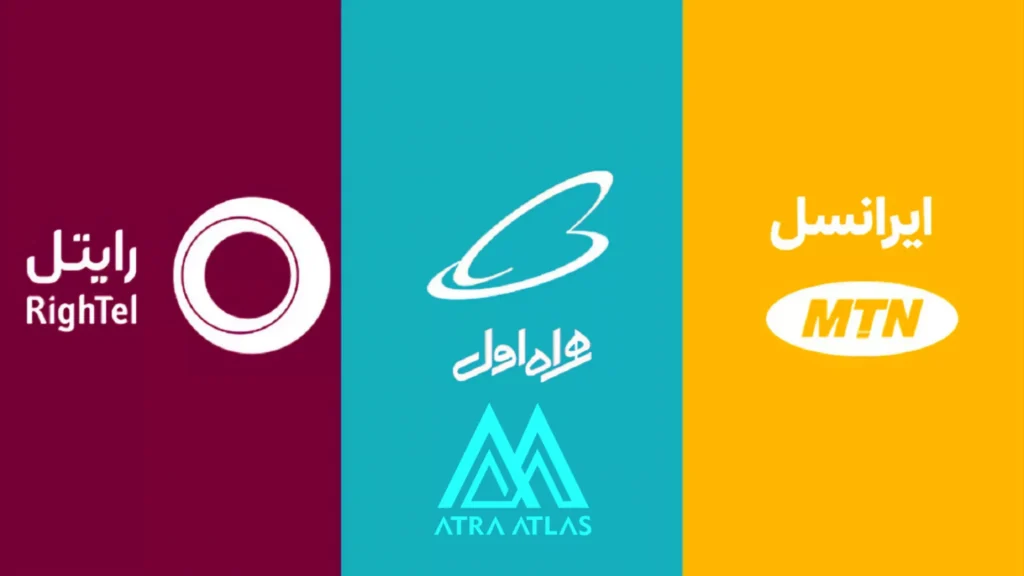
Do not forget to buy a local Sim Card with data at the airport. Hamrahe Aval and Irancell are the two famous telecommunication companies in Iran. They offer tourist Sim Cards at international airports. For tourist Sim Cards, you need to register with your passport. To recharge the Sim Card, you can either use Mah-Card to pay online or buy credit vouchers from mini-markets or newspaper kiosks and booths.
Almost every hotel and hostel has WiFi but for more comfort while out of those places, we do recommend having data. So you can check each place or word online and easily find the directions using Maps, etc. And we DO recommend you use data packages for the internet offered by Irancell and Hamrahe Aval, they are much cheaper than the usual services.
25- Your Insurance MUST Cover Iran
Unfortunately, some of the well-known insurance companies do not cover Iran. So make sure that the insurance you buy covers Iran. Note that the insurance company must mention the Islamic Republic of Iran and general mentions like Asia, etc. are not accepted and you must buy another insurance (which costs around $20). Some insurances do cover Iran but not all its provinces.
Some provinces like Kurdistan and Sistan & Baluchestan may not be covered. Bear in mind that tourists almost go to these places and confront no problems but it is good to be aware of it or have full insurance just in case. So you can either buy it before your arrival or buy it from us.
By the way, if you are an adventure seeker who looks for cultural diversities to find and attend some trekking and hiking in off-the-beaten-paths (for example if you are lucky enough to attend Kooch Tour), beware that some basic plans of insurances do not cover trekking and hiking and you should buy higher plans.
26- Don’t miss Traditional Guesthouses and Ecolodges
The recent trend in Iran tourism is staying at traditional houses where tourists can feel quite different. Houses in which you feel passed through time and get to an era in which everything was much simpler and kind of more authentic. The good thing about staying in old houses is preserving the local community and cultural diversity. If you are into experiencing local lives, these houses can be a good and easy-to-find option for you.
27-Women Must Wear Chador in Certain Places
Women must wear Chador for entering a few holy shrines and mosques. But you don’t necessarily need to buy a Chador. There’s no need to do so unless you personally want to. Each mosque and holy shrine which asks women to wear Chador provide some Chadors for women who don’t have one themselves. So don’t worry about that.
28-Avoid Displaying Affection in Public

Since Iran is an officially Islamic country, do not display affection to your significant other in public. Of course, shaking hands, holding hands, and greeting or goodbye hugs and cheek kisses are not considered weird, but displaying more intimate affection in public is neither common nor recommended.
29-The Deal With The Thumbs up
Unlike other places, in Iran, thumbs up means something like showing the middle finger for some Iranians. Not all Iranians consider it rude and nowadays, most people, especially the younger generations, settlers of modern cities, and social media users are aware that in Europe and America, thumbs up means Ok; still, it is better to show your approval some other way (like with “the perfect gesture”).
30-Blowing your Nose

Blowing one’s nose in public is considered a little gross in Iran. So, if you have to blow your nose, it’s better to go to the bathroom or if there’s no opportunity for privacy, excuse yourself and do it a little slower. But if you’re sick and have a runny nose, you don’t need to excuse yourself every time you blow your nose slowly. People will understand.
31-Knives on Tables
Iranians usually eat with a spoon and fork and using a knife is not that common except in luxury restaurants or while serving steak. If you can’t get along with not having a knife at the table, just kindly ask for one.
32-Get Prepared for the Squat Toilet
An important tip you must know before traveling to Iran is that Iranians often use squat toilets. Most of the hotels and traditional guesthouses have a flush toilet and you can find it at some cafes and restaurants and even many modern houses, but public toilets have squat toilets. If you are too sensitive about this and can only use a flush toilet, you should probably check with the hotel you are going to, to see if they have a flush toilet or not. No worries, they mostly have.
Or, maybe it is time to give it a shot. It is not that difficult to use. Bear in mind that you may not find toilet paper in every public place. Iranians wash themselves with water and if available, dry themselves with toilet paper. So if concerned, take some toilet paper with you. You can find toilet paper in every mini-market in cities.
Note: In Iran, you should always throw your toilet paper in the basket, not in the toilet. Since the sewage system in Iran is not designed to flush toilet paper, you must throw the paper in the basket.

33-Give VIP Busses a Try
Traveling between cities with buses is pretty common in Iran and is quite safer than cars. VIP buses are pretty comfortable and the price is reasonable too. On long distances, tourists go on a VIP bus at night to sleep the night on the bus and enjoy the day in the city.
34-Get Prepared for the Traffic
Traffic in Tehran and some other big cities is something common. You must prepare yourself and get used to it. You can also set timings for your transportations when there is less traffic. It is good to know that morning (7-10 a.m.) is the school and work start time, and in the afternoon (between 4 to 7 p.m.) is work and school end time. So it is when there’ll be the maximum traffic.

Any Time Can Be The Best Time to Travel to Iran
Since Iran is a large country, there is no single best time to travel there as every season has its own beauty. But if you’re a fan of crowds and national celebrations, Nowruz (Persian New Year’s holidays, March 20/21 to April Fools’ Day) is strongly recommended for you.
The south of Iran, with a rather hot climate, is a wonderful destination in winters, and the northern and northwestern parts, being rather cold and wet, might be great in summers. Most of Iran’s travellers come in March, April, and May. October and November are also good times to enjoy the beauties of fall. Plus, the touristic destinations are not as crowded as in April and May.
For more information about Iran, you can contact Atra Atlas Trading Holding.
